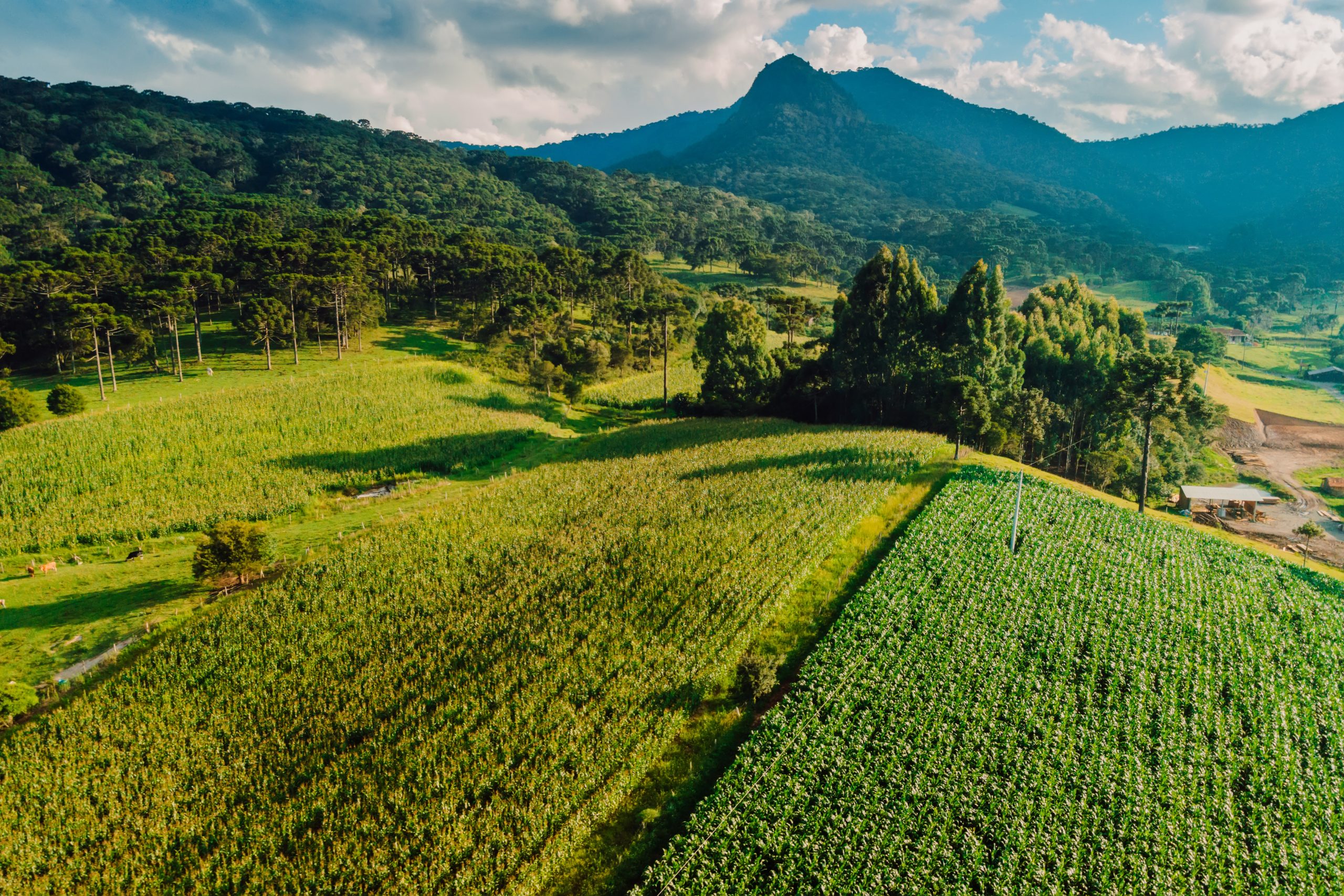Forest Reserve Credits Platform
In October 2012 the Forest Code was sanctioned by the Brazilian President and entered into force. The Code creates obligations among landowners to maintain a certain amount of forest within their land, known as Legal Reserves, whilst allowing for those with a deficit to offset them with Forest Reserve Credits from those with a surplus.
Within the favourable background of the Forest Code creation, BVRio established an initial market for Forest Reserve Credits. After developing the infrastructure to support this market which includes contractual structures, an electronic platform and rule books, BVRio launched its trading platform in December 2012.
Environmental Reserve Credits
Environmental Reserve Credits (CRAs – Cotas de Reserva Ambiental) are certificates that represent a certain area of protected native vegetation that can be used to compensate for a deficit of Legal Reserve obligation in another property. CRAs can also be used as collateral in payment for environmental services initiatives.
The Forest Code allows farmers with a Legal Reserve deficit to comply with this obligation by acquiring CRAs. Since the publication of the Forest Code, BVRio has been involved in the process of regulating the law at the federal level and in several states. Between February and May 2014, BVRio carried out a roadshow of events, known as the BVRio Circuit for Environmental Compliance, visiting 40 municipalities in the states of Pará and Mato Grosso. 5000 people attended the events, learning about CRAs and how to use BVRio’s platform.
Creating CRAs
Environmental Reserve Quotas (CRAs) can be created in areas of:
- Forest easement
- Private Reserve of Natural Heritage (RPPN)
- Legal Reserve instituted voluntarily on vegetation that exceeds the percentages established by the law
- Conservation Unit in a public domain that has not yet been expropriated
CRAs can be created in areas with existing forests or vegetation in recovery process (unless regeneration or recomposition of the area is unlikely or infeasible).
One of the requirements for the creation of CRAs is that rural properties have made their Cadastro Ambiental Rural (CAR) .
Using CRAs
CRAs can be used to compensate for the absence of Legal Reserve, provided that certain legal conditions regarding the date of loss of forest cover and the equivalence between the ecological characteristics of the area represented by the CRA and the area to be compensated are met. In general, CRAs can be used to compensate rural properties in the same biome and state.
Negotiating CRAs
Currently, the platform contains over 580 offers of Environmental Reserve Quotas, covering 5 million ha of rurual properties.. However, as there are still no CRAs issued in sufficient volumes to enable a ready market (spot market), BVRio has created a market for contracts to develop these quotas for delivery in the future – the CRAF market.
The CRAF Market
The CRAFs – Contracts for the Development and Sale of Environmental Reserve Quotas for Future Delivery establish obligations between those who have Legal Reserve surplus (sellers) and those who wish to purchase CRAs for the requirements of the Forest Code. Through the CRAF, the Seller undertakes to create the CRAs and deliver them to the Buyer upon payment, to be made upon delivery of the CRAs, at a price previously agreed between the parties.
Standard contracts are used to establish the general terms and conditions of the transaction. The use of standardised contracts gives liquidity and facilitates its secondary market. However, the parties can define some variables, such as price (R$/ha), lot size (in hectares), and contract duration (in years).


